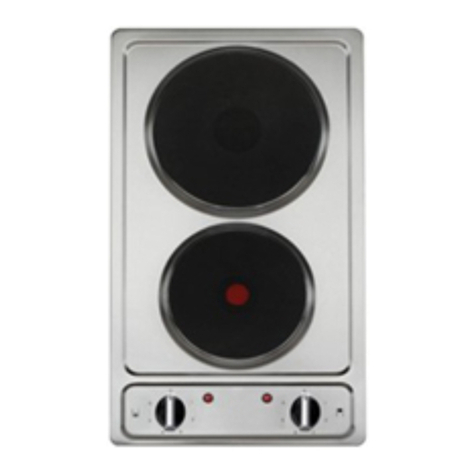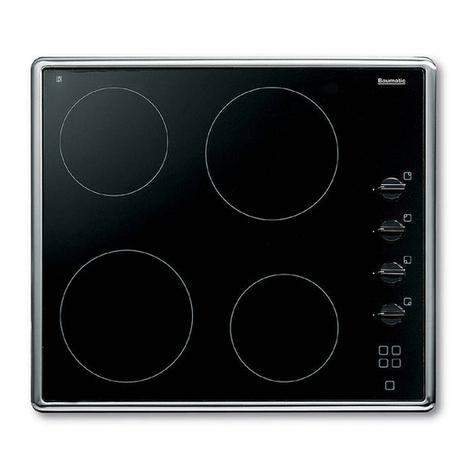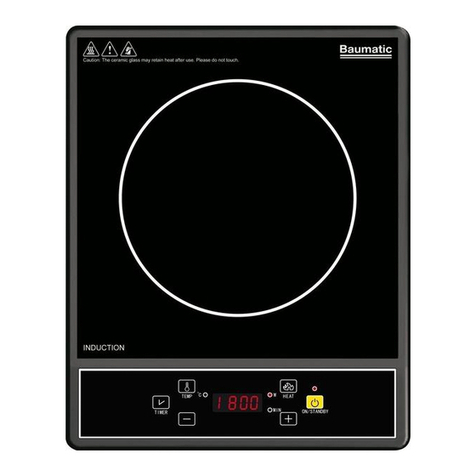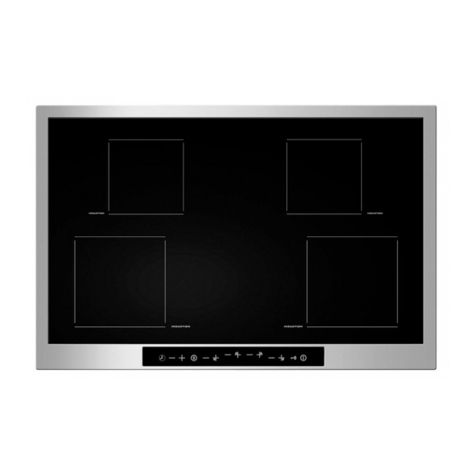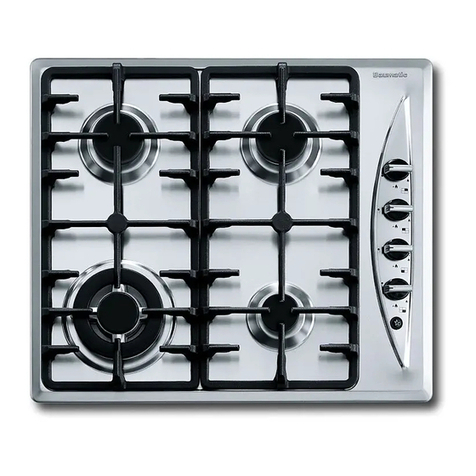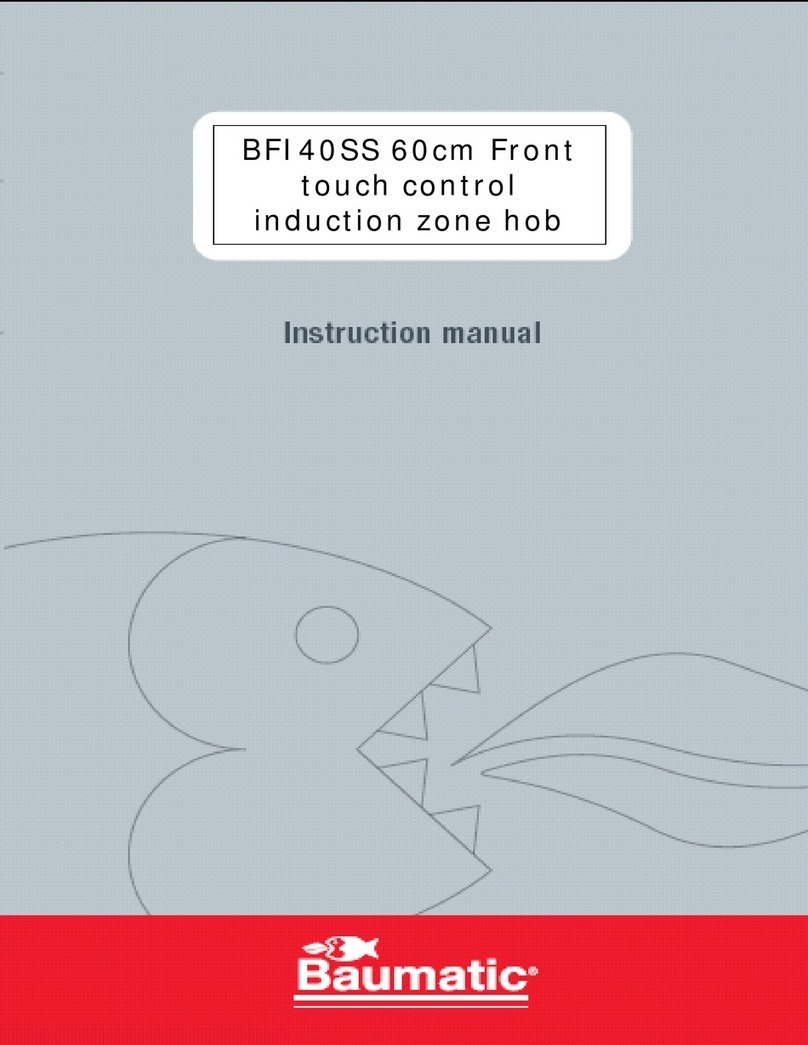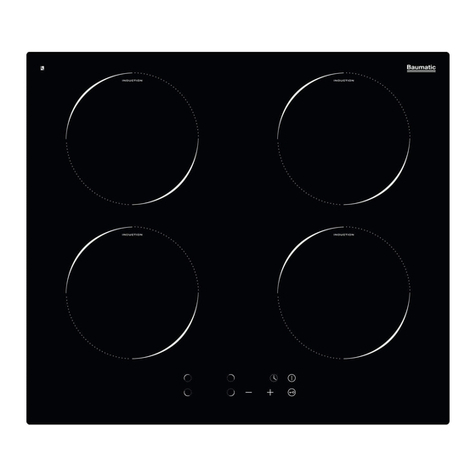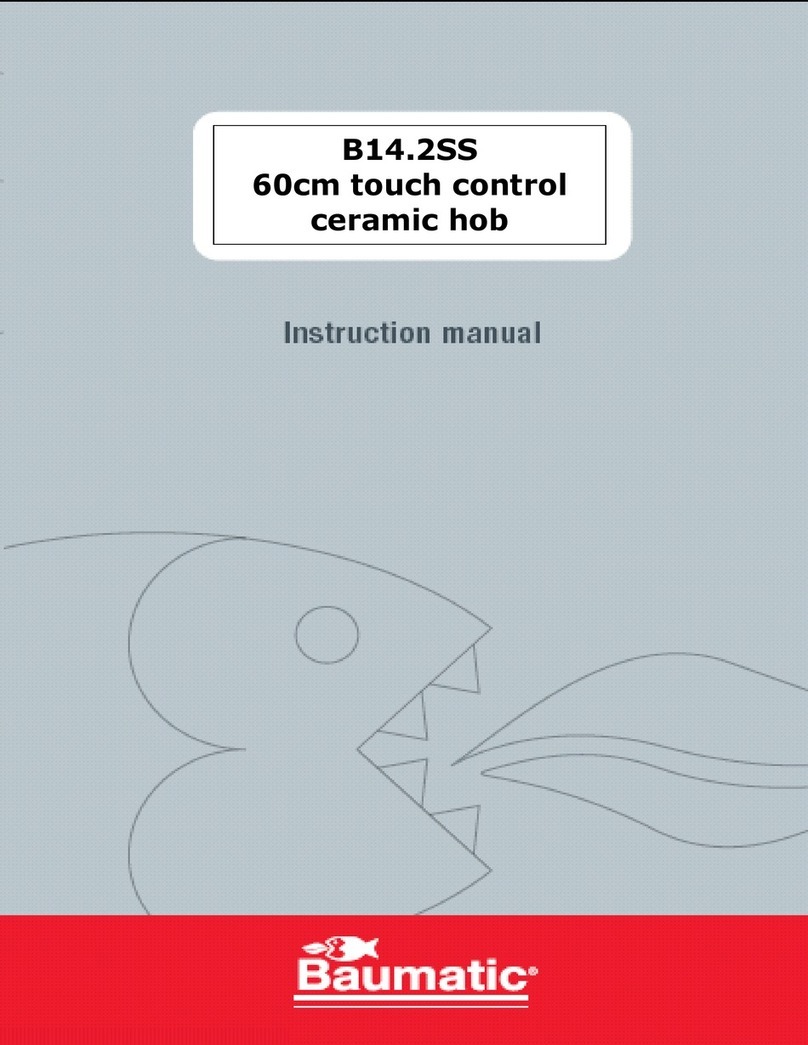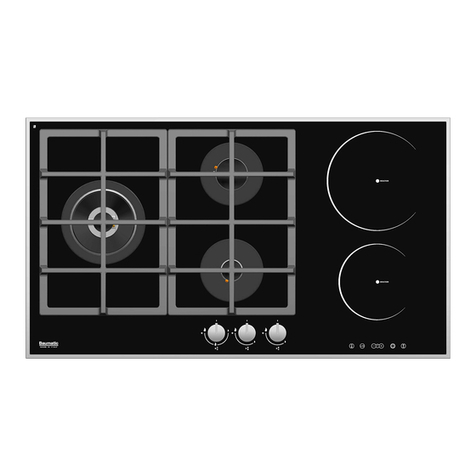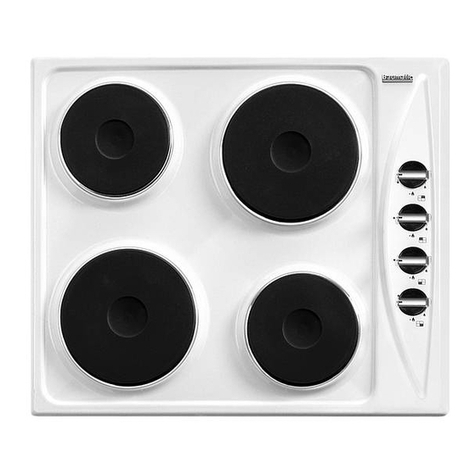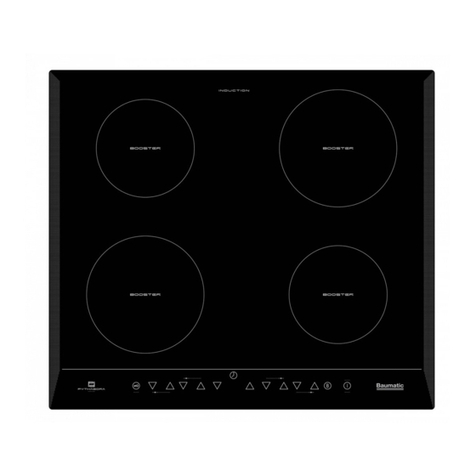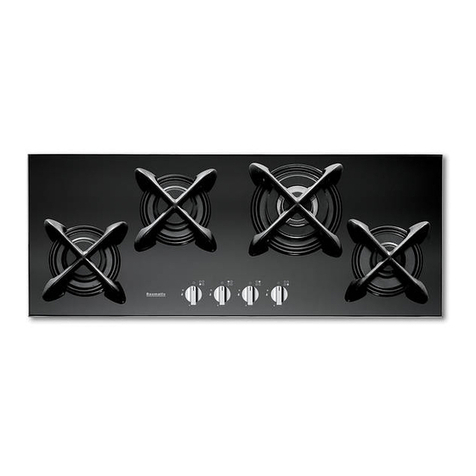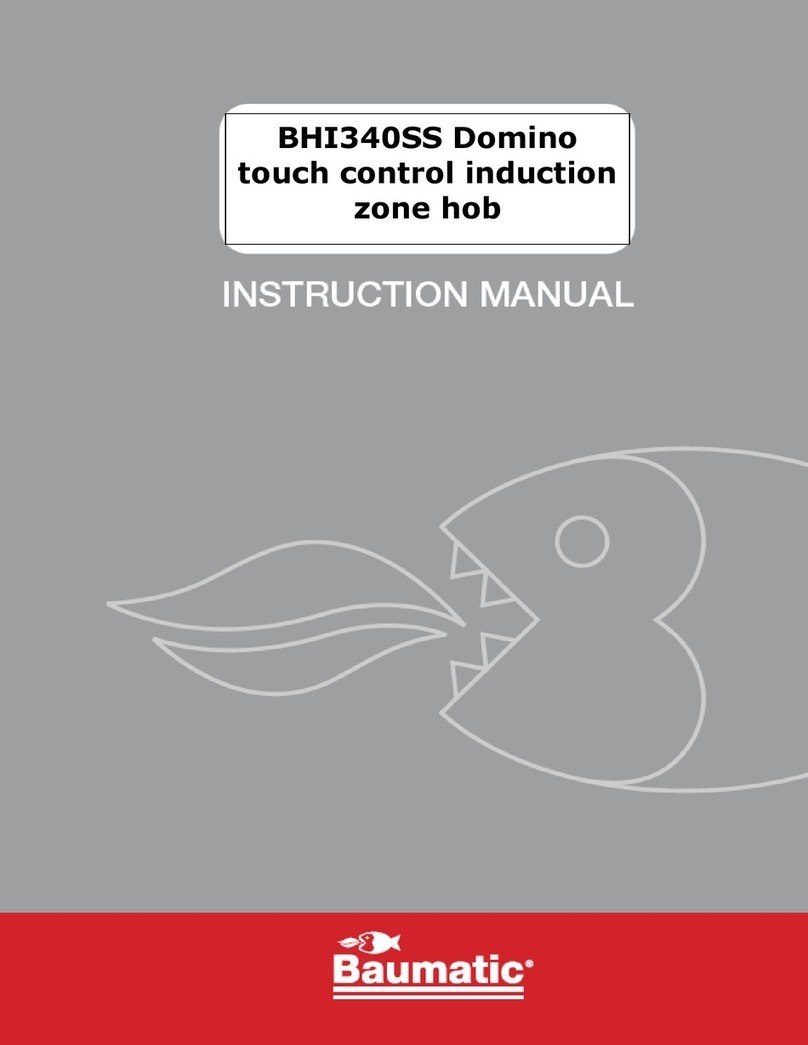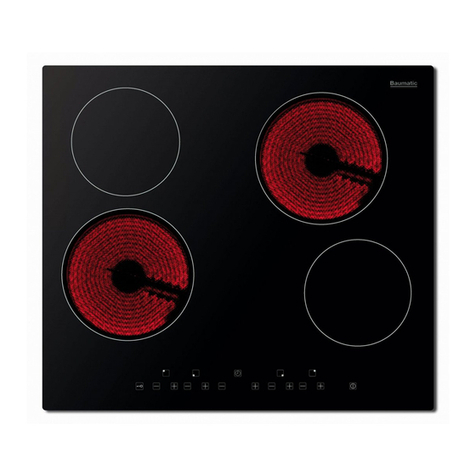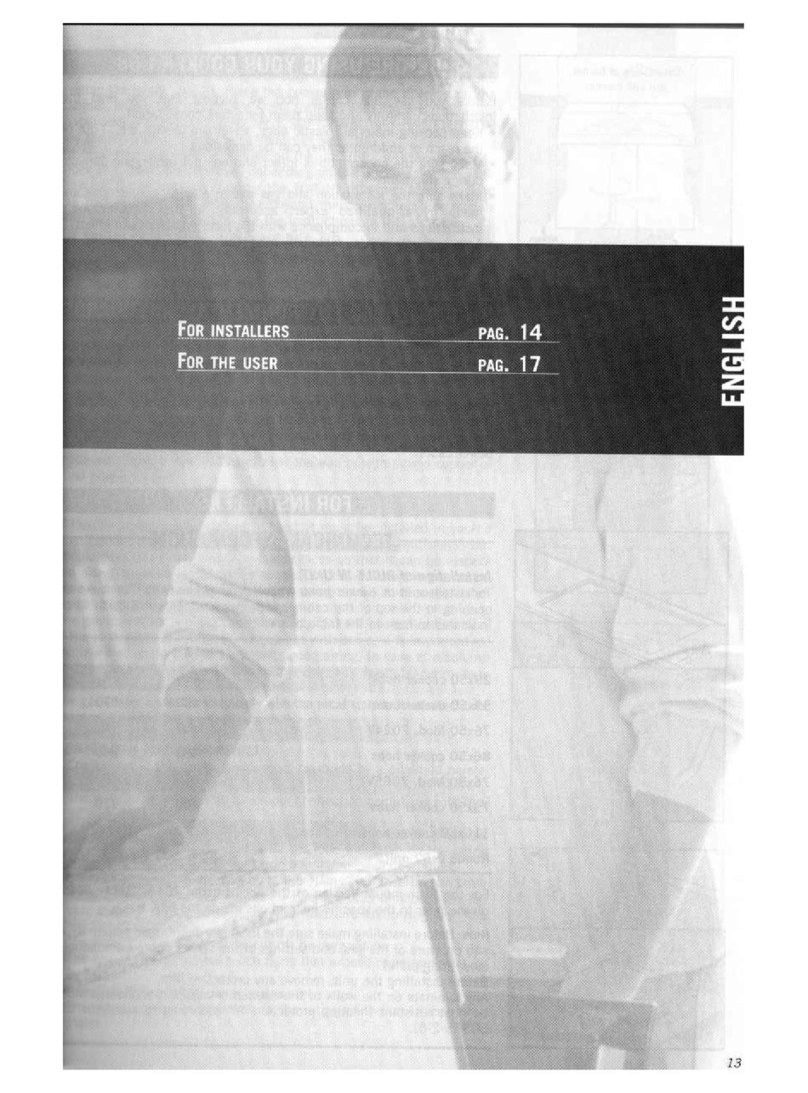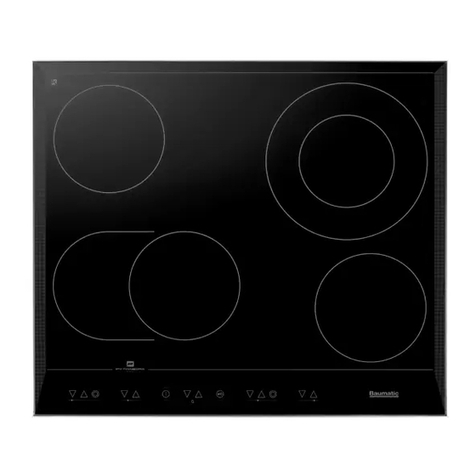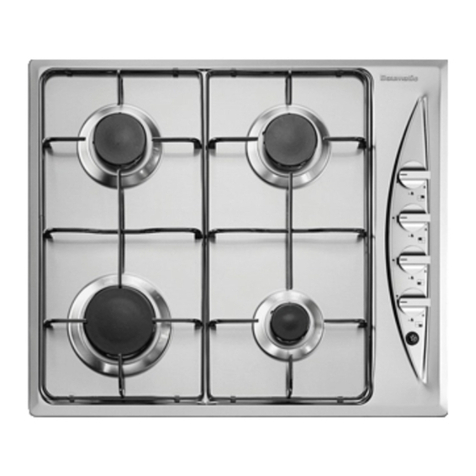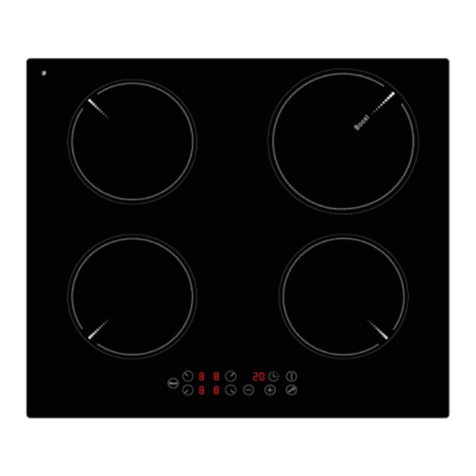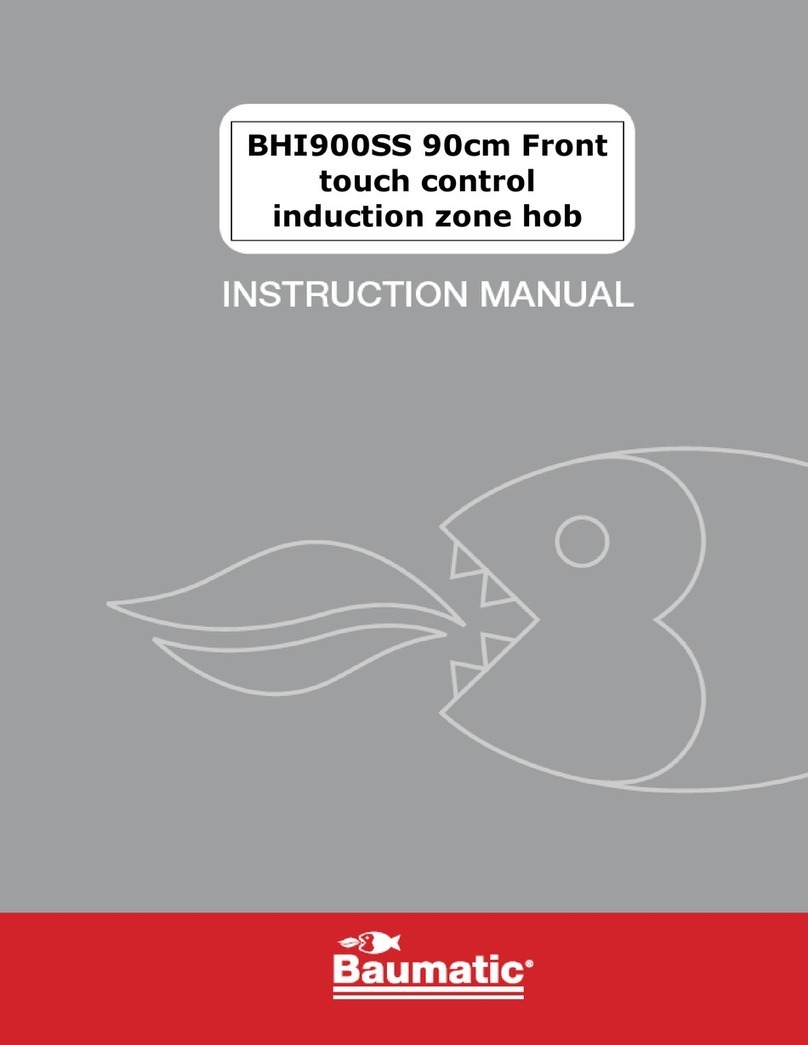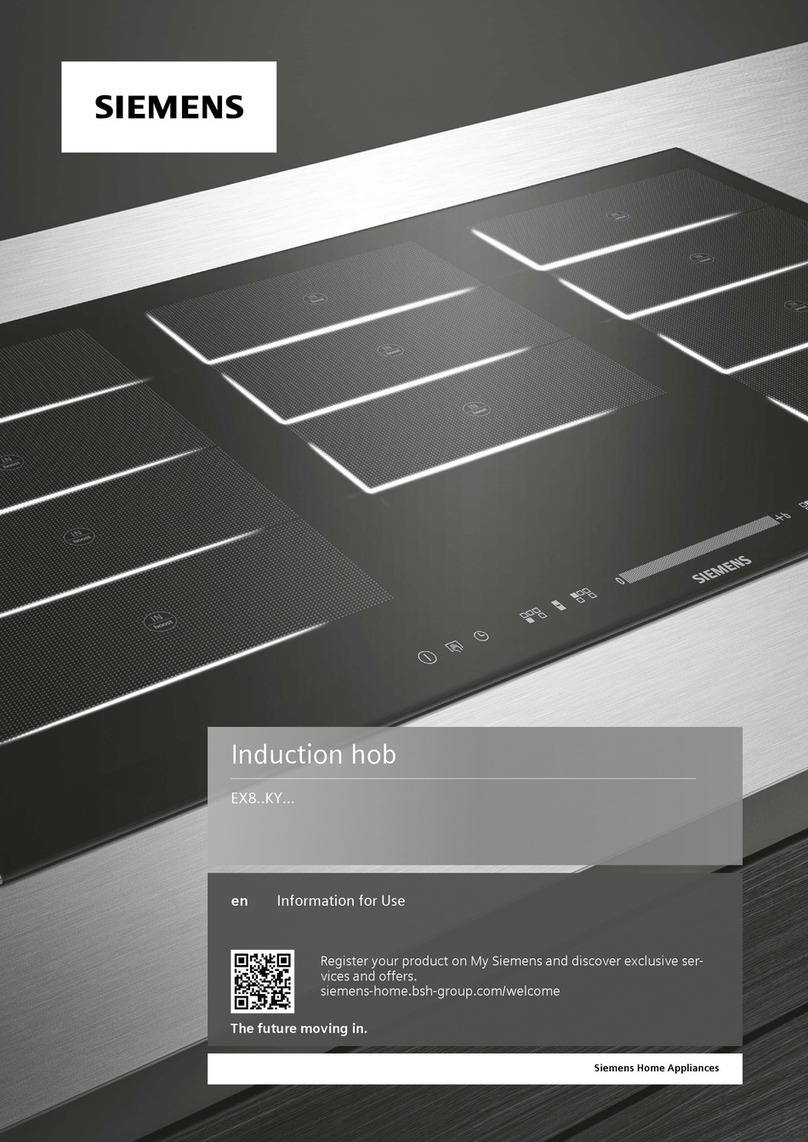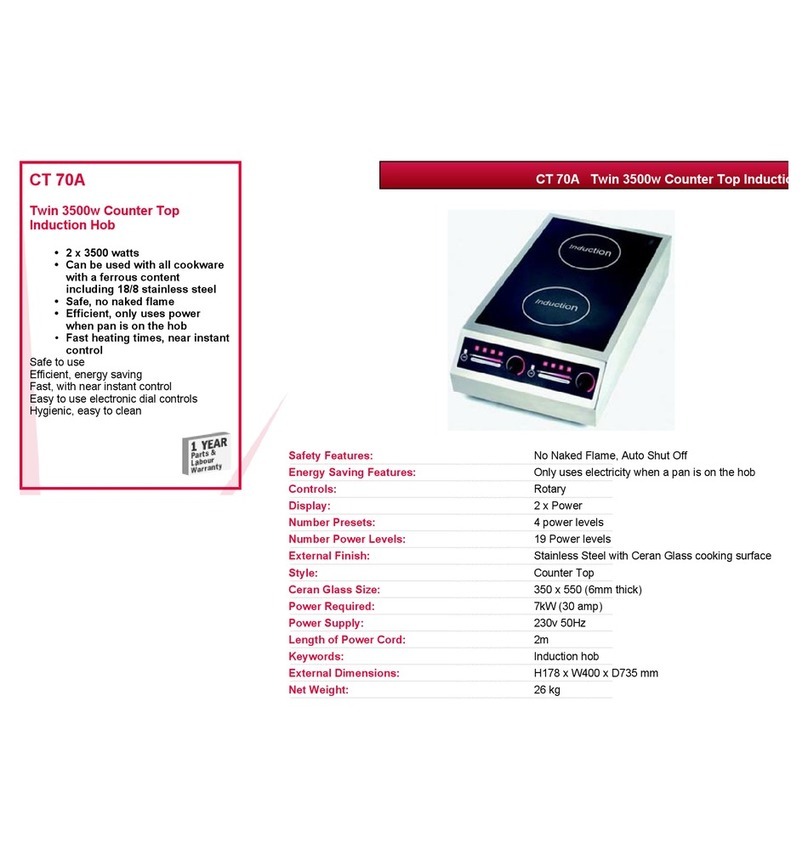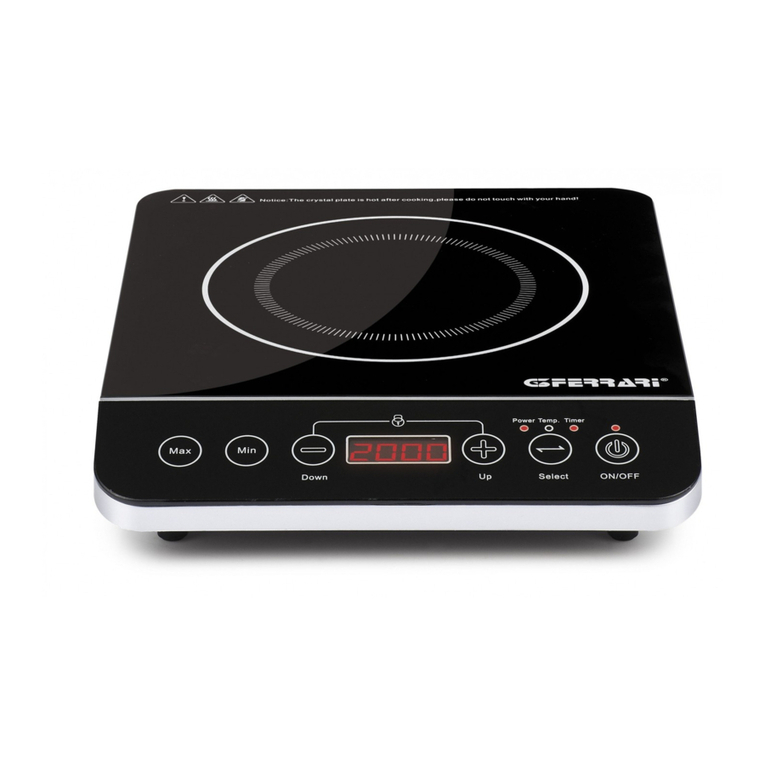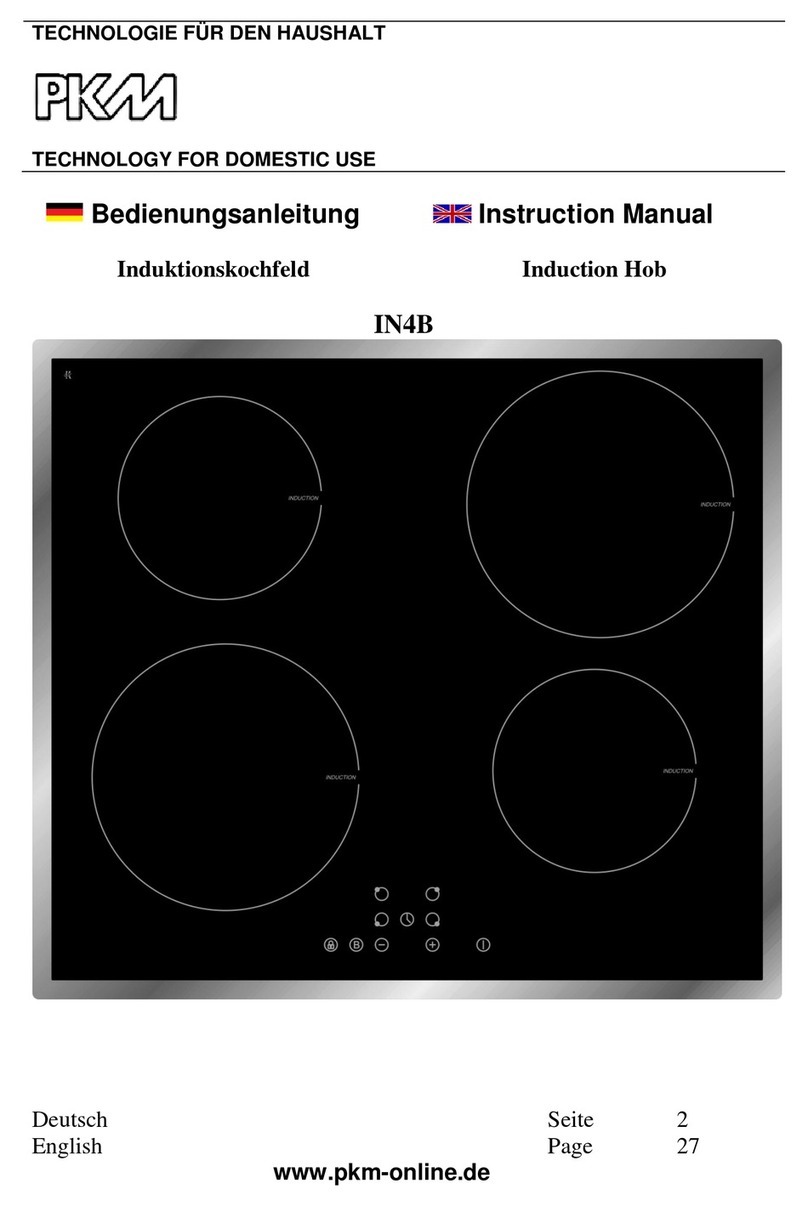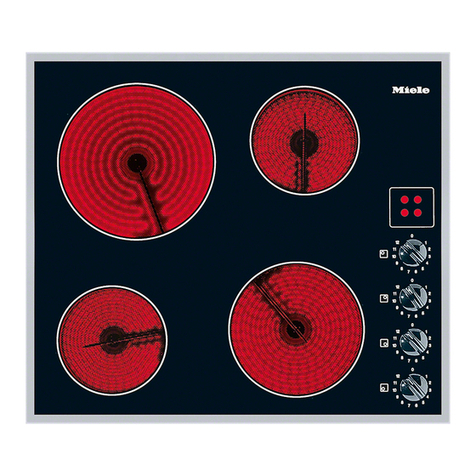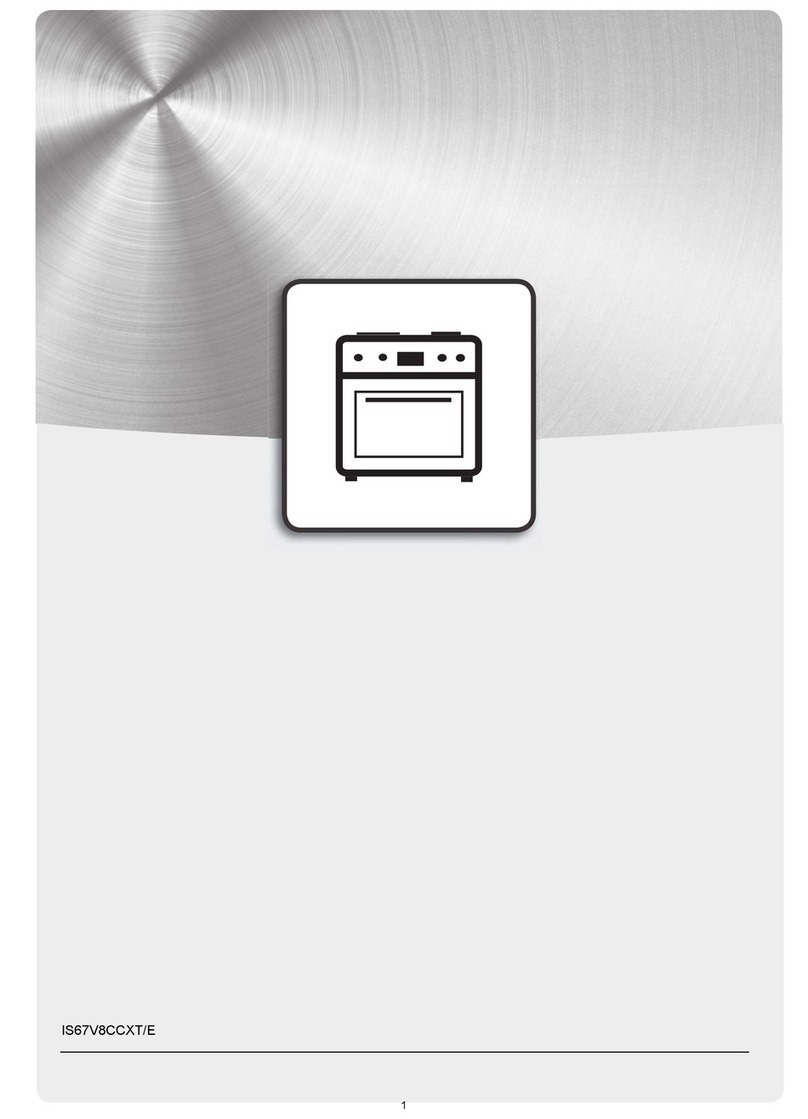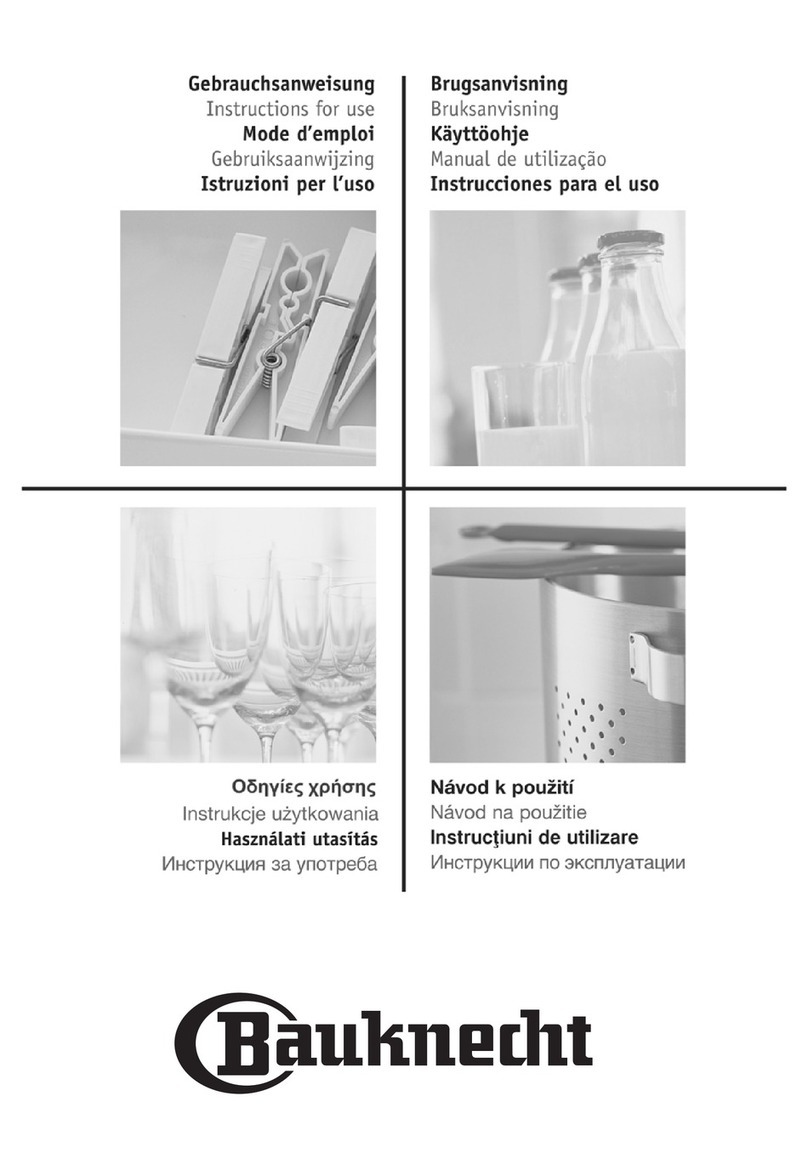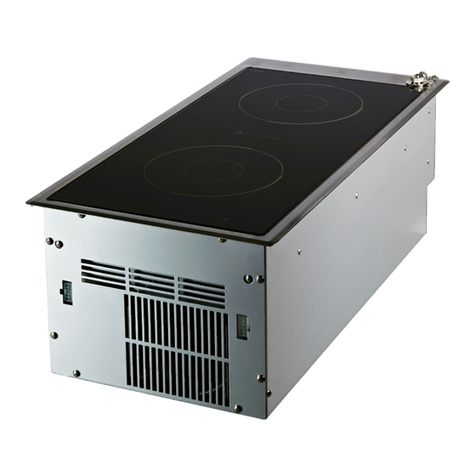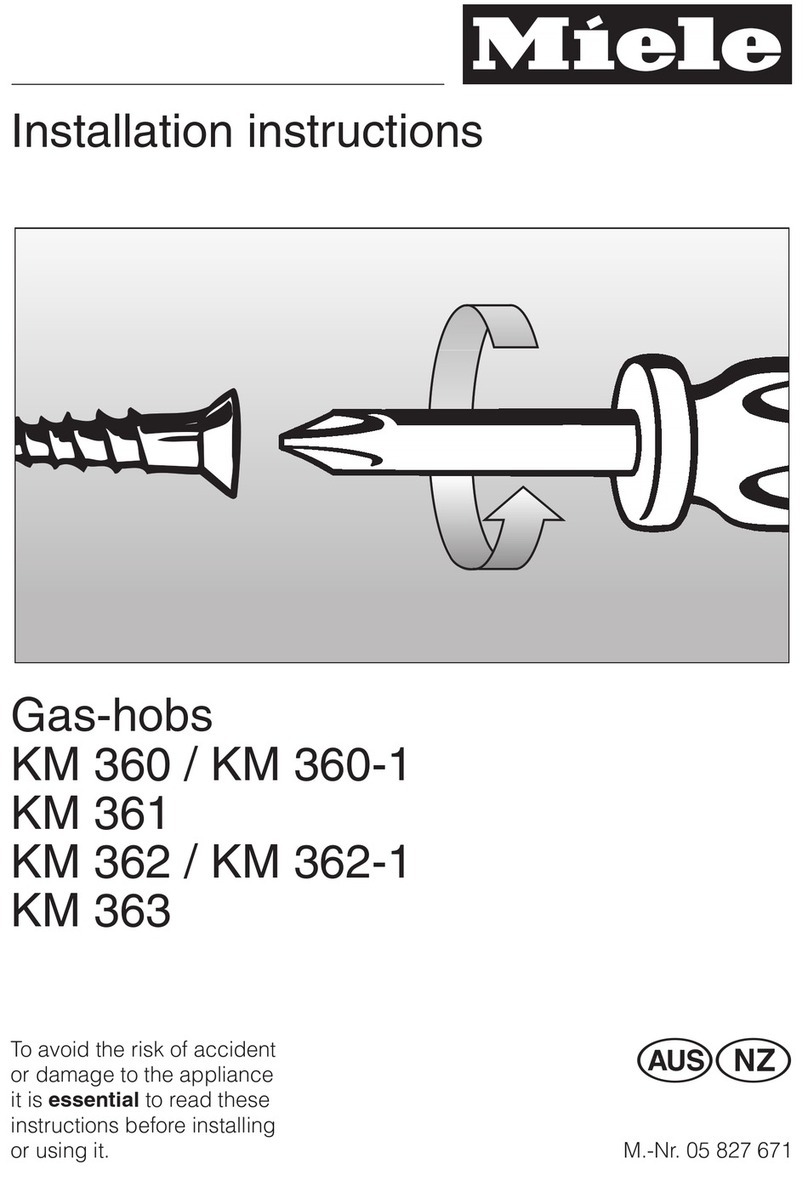
4
Important safety information
Your safety is of the utmost importance to us. Please
make sure that you read this instruction booklet before
attempting to install or use the appliance. If you are
unsure of any of the information contained in this
ooklet, please contact the Advice Line.
ehold use and for
ambient temperature of the
scolouration at
of this temperature limit, will be the liability of
uarantee. The foregoing does not affect
f the manufacturer
ld not use this appliance to store items on or as a work
ns to the appliance are permitted by the
kept away
may only be carried out by an authorised service
b
General Information
This appliance is designed for domestic housothe cooking and frying of domestic foodstuffs.
oIMPORTANT: The adjacent furniture and all materials used in
the installation must be able to withstand a minimum
temperature of 85°C above the
room it is located in, whilst in use.
oCertain types of vinyl or laminate kitchen furniture are
particularly prone to heat damage or di
temperatures below the guidelines given above.
oAny damage caused by the appliance being installed in
contravention
the owner.
oYour new appliance is guaranteed against electrical or
mechanical defects, subject to certain exclusions that are noted
in the Conditions Of G
your statutory rights.
oThe use of this appliance for any other purpose or in any other
environment without the express agreement o
will invalidate any warranty or liability claim.
oYou shou
surface.
oNo modificatio
manufacturer.
oYou should not store or place flammable or highly flammable
liquids/materials on top of or near the appliance. Items made
from aluminium, plastic or plastic film should also be
from the appliance, as they may fuse to the surface.
oRepairs
agent.
